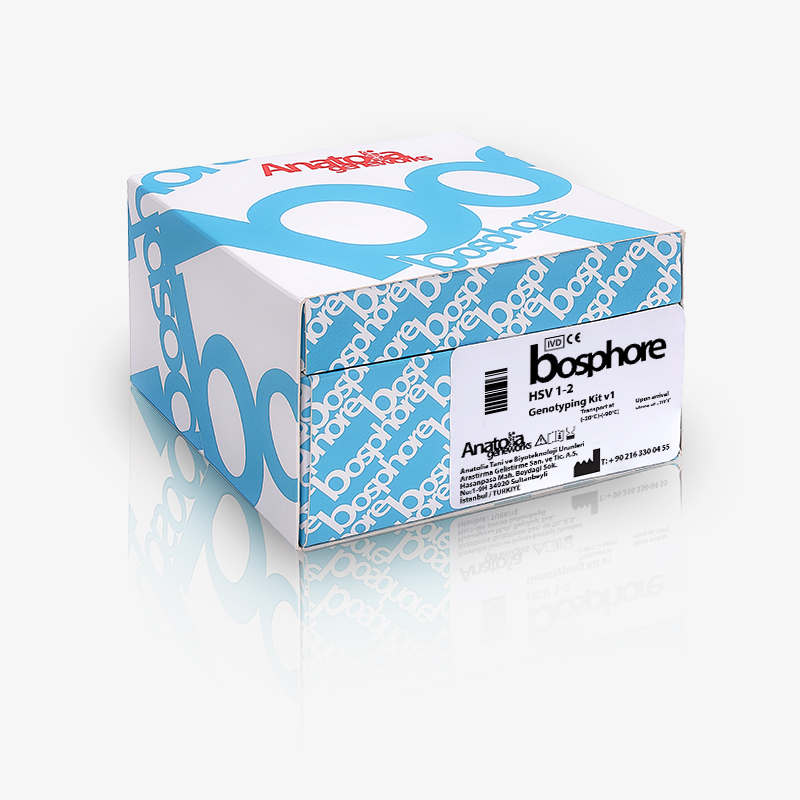Causative Agents
Herpes simplex viruses (HSV), a member of Herpesviridae, are complex (containing ~35 virion proteins) DNA viruses, 180-250nm in size, with genomes up to 235kbp DNA. Infections caused by two types of HSV (HSV-1, HSV-2) are very common worldwide. Herpes simplex virus type 1 (HSV-1) primarily causes face, eye, mouth, throat, and central nervous system (CNS) infections while HSV-2 is the main causative agent of genital herpes. [1]







